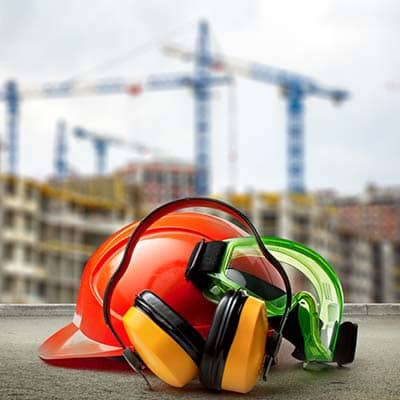
Description
This 6 Credit package contains:
- 8 Hours: Staying Alive: Construction Safety: This course outlines the most important work-related hazards on a construction site and will inspire you to practice safety first, in a way that will prevent injuries at work and at home.
- 8 Hours: Residential Project Management: Take an in-depth look at the responsibilities of a project manager and the methods experienced contractors use to effectively manage all aspects of a building project.
- 7 Hours: Manage Your Way to Big Profits: Learn the responsibilities a construction project manager must be prepared to perform to maximize the earning potential of each building project you manage with this course.
- 6 Hours: Contracts, Liabilities, and Risk Management: Understanding how to utilize contract law for risk and liability management will protect your business from unscrupulous people.
- 3 Hours: 29 CFR 1926 Confined Spaces: This course focuses requirements set forth in the 29 CFR 1926 to protect employees working in confined spaces such as boilers, elevators, manholes, tanks, incinerators, silos, etc.
- 3 Hours: Harnessing Resources: New Construction Opportunities: The building industry is always evolving. Utilizing new construction options and techniques will allow you to build more efficiently and create a better quality of life for your clients.
- 3 Hours: Environmental Design for Buildings: Best Practices for the Best Design: Learn current trends in energy efficient technologies that provide safe, code-compliant environments and are central to the health of the consumer and the survival of the planet.
- 3 Hours: Envelope Failure: A Better Weatherization Design: Learn how a properly constructed building envelope will keep out weather-related moisture and stop uncontrolled movement of energy in any weather.
- 3 Hours: Construction Documents for Successful Projects: Learn to integrate design with current codes and how to identify code related issues while turning your customers goals and aspirations into a safe and cost-effective project.
- 3 Hours: Getting Decked: And Choosing How that Happens: Capitalize on our love of outdoor spaces with this course that explores options available to build decks and structures and the many different materials available.
- 3 Hours: 2010 ADA Standards: Exterior Building Blocks: Recognize how exterior exponents can upgrade a building projects first impression and should comply with ADA requirements.
- 3 Hours: 2010 ADA Standards: Interior Elements: Here we cover the requirements of proper plumbing, communication, special rooms and built-in elements according to current ADA standards.
- 3 Hours: Danger in the Damp - Dealing with Mold: This course teaches the terminology, testing, inspection process to find water damage, why mold growth occurs, and the steps to take when water intrusion and mold growth is found.
- 1 Hour: Understanding and Preventing Sexual Harassment: Learn to recognize the forms of sexual harassment, reporting procedures, employer responsibility and liability in prevention of sexual harassment.
